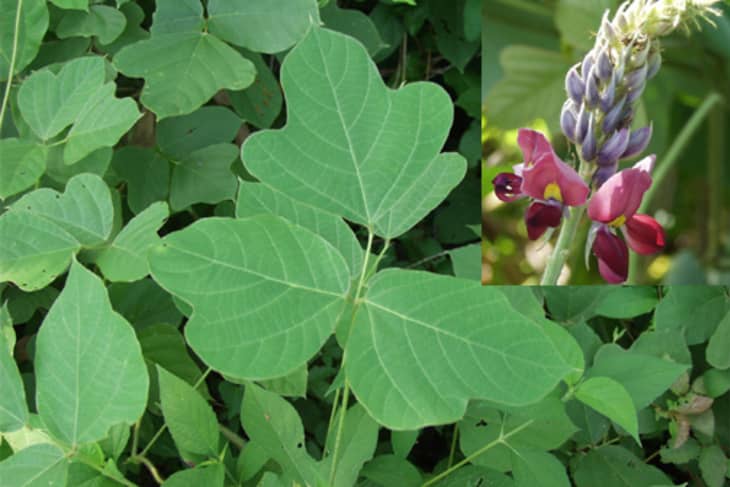Did You Know You Can Eat Kudzu?
I grew up in Georgia, where it was common to see groves of trees and even utility poles and barnhouses covered with kudzu, the “vine that ate the South.” What few people know is that the plant is edible, and delicious.
Originally brought to the US from Japan in 1876 to be used as forage food for livestock and to help reduce soil erosion, the plant took a real liking to the warm, humid Southeastern climate and got out of control. There are urban myths about how people have returned from vacations to find their homes and cars covered with kudzu. It does have pretty aggressive growth in the summer, with some reports of it growing a foot a day.
As with any foraged food, make sure the plant has not been sprayed with any chemicals and is not growing anywhere that toxic waste is dumped. Try to avoid plants grown too close to the roadways as they tend to contain too much dust and automotive exhaust. Since the vine patches are thick, wear boots and watch out for critters and insects. Also, kudzu looks very similar to poison ivy – be sure you know how to distinguish between the two plants!
Kudzu grows from Florida to New Jersey, and as far west as West Virginia and East Texas. However, a small patch of it has been found in Clackamas County, Oregon. No one is sure where it came from.
The leaves, vine tips, flowers, and roots are edible; the vines are not. The leaves can be used like spinach and eaten raw, chopped up and baked in quiches, cooked like collards, or deep fried. Young kudzu shoots are tender and taste similar to snow peas.
Kudzu also produces beautiful, purple-colored, grape-smelling blossoms that make delicious jelly, candy, and syrup. Some people have used these to make homemade wine. The large potato-like roots are full of protein, iron, fiber, and other nutrients. They are dried and then ground into a powder which is used to coat foods before frying or to thicken sauces.
Kudzu recipes to try:
Click here for some recipes for kudzu jelly, kudzu quiche, and kudzu collard greens.
More kudzu recipes
More recipes, including kudzu wine
Related:
Seasonal Spotlight: Nasturtiums
Seasonal Spotlight: Acorns
Seasonal Spotlight: Lamb’s Quarter
Seasonal Spotlight: Purslane
